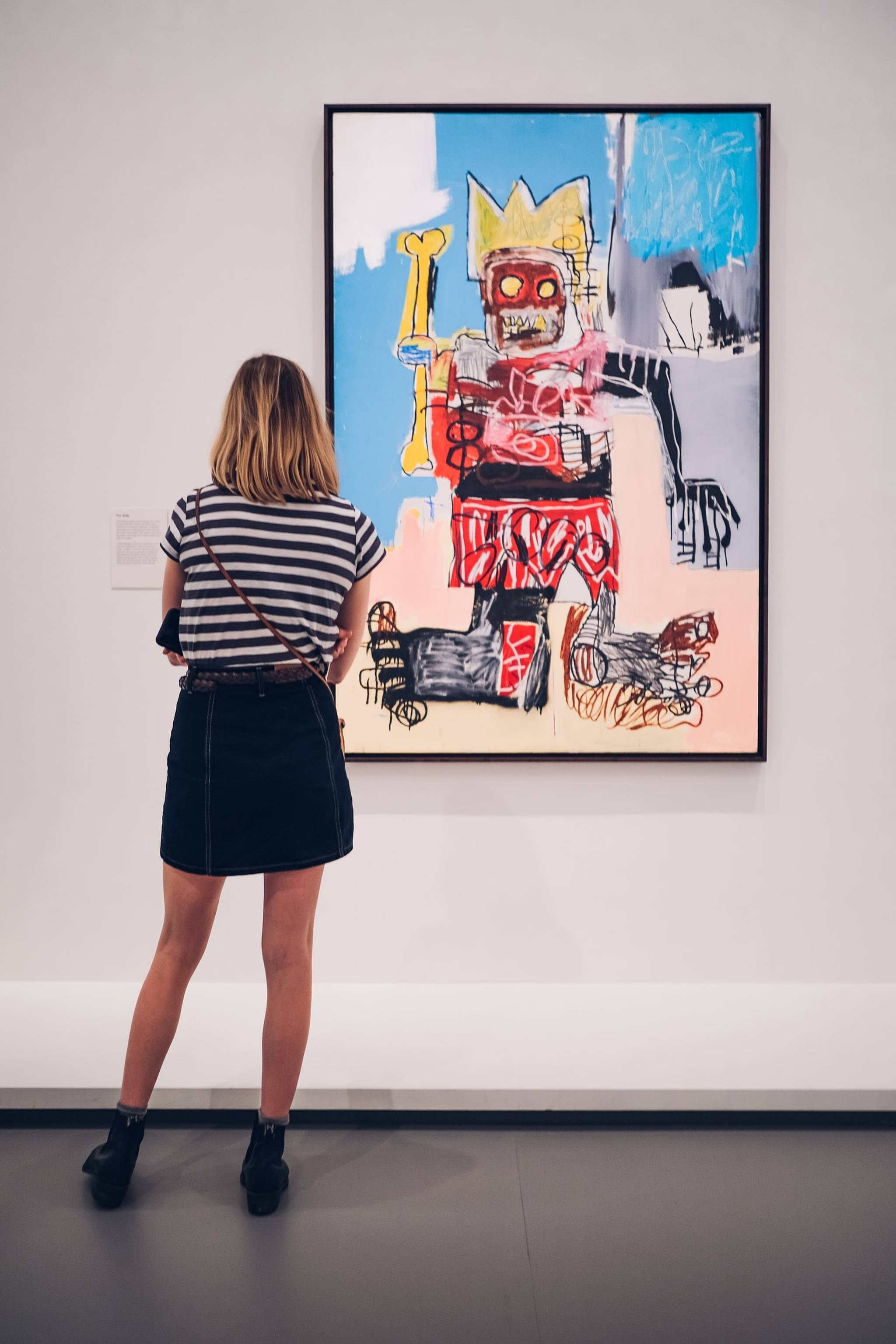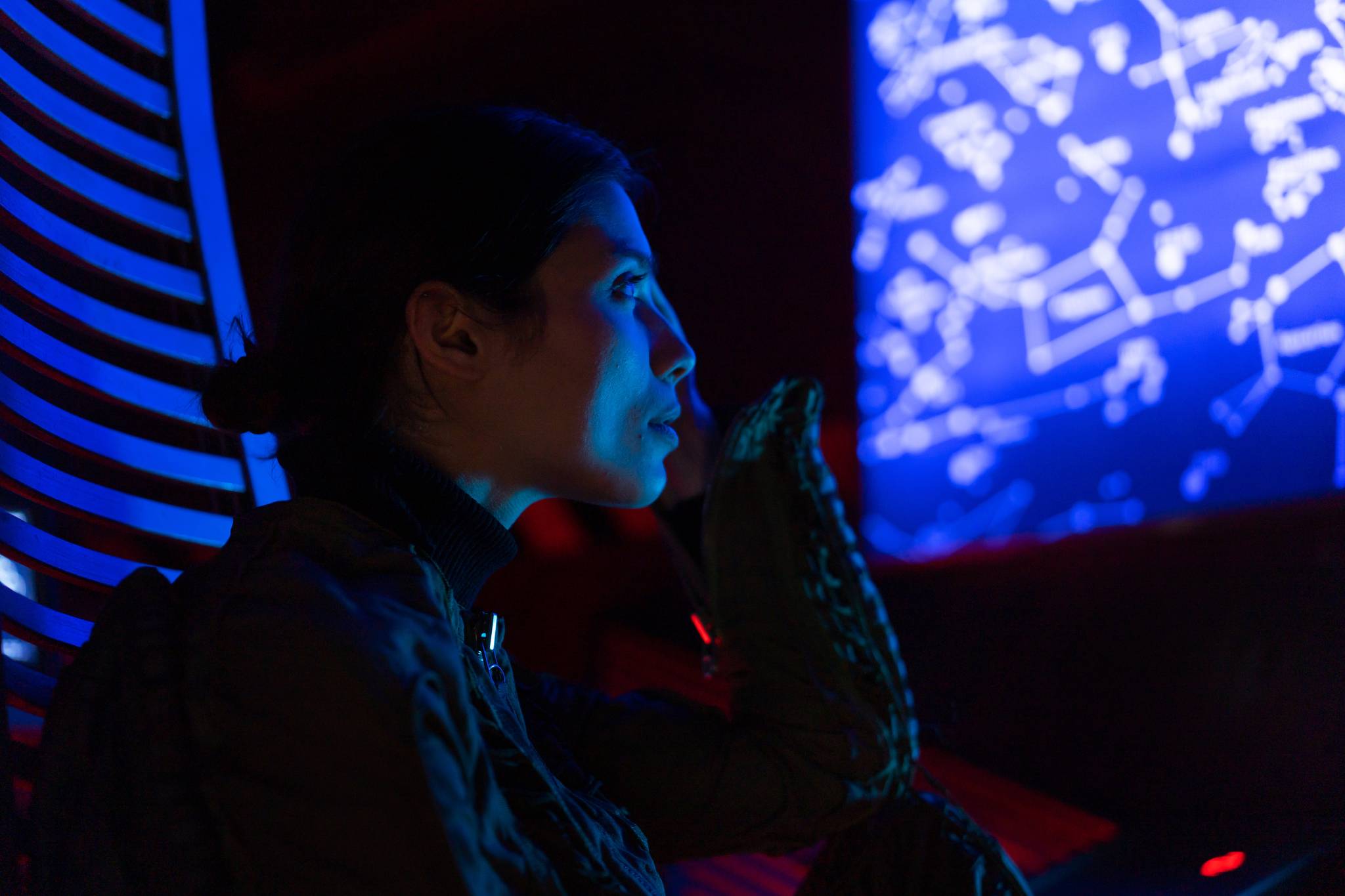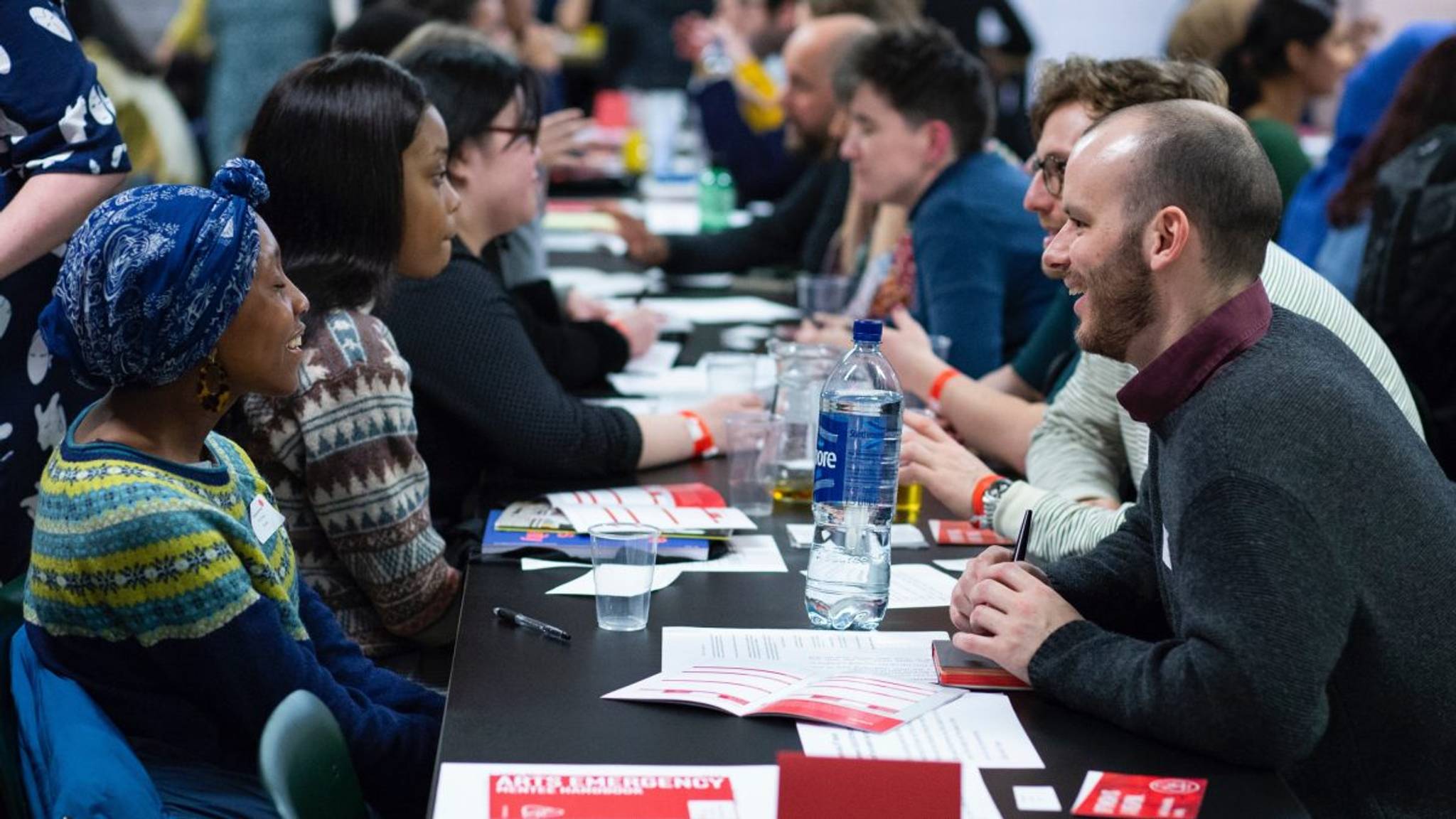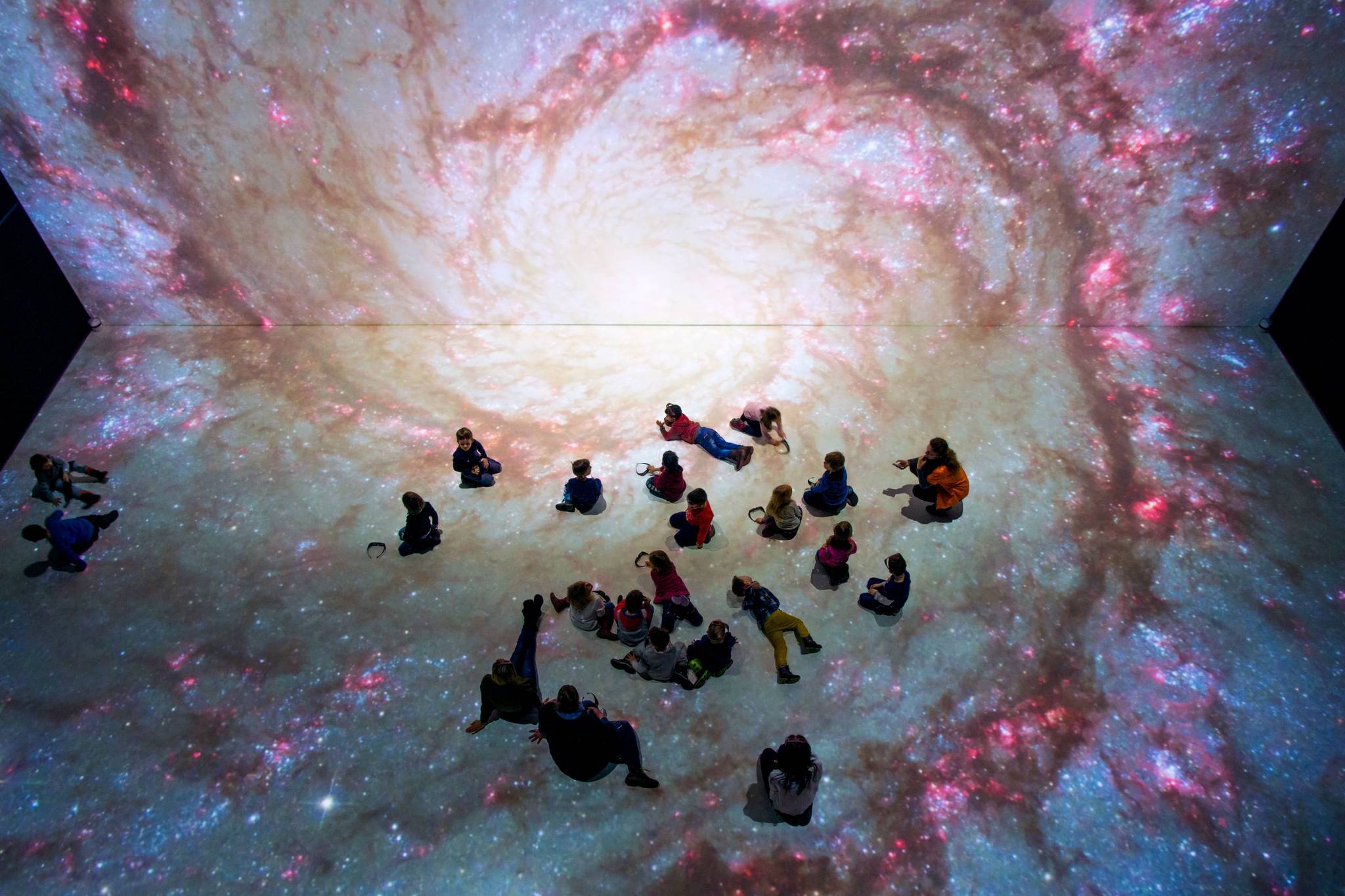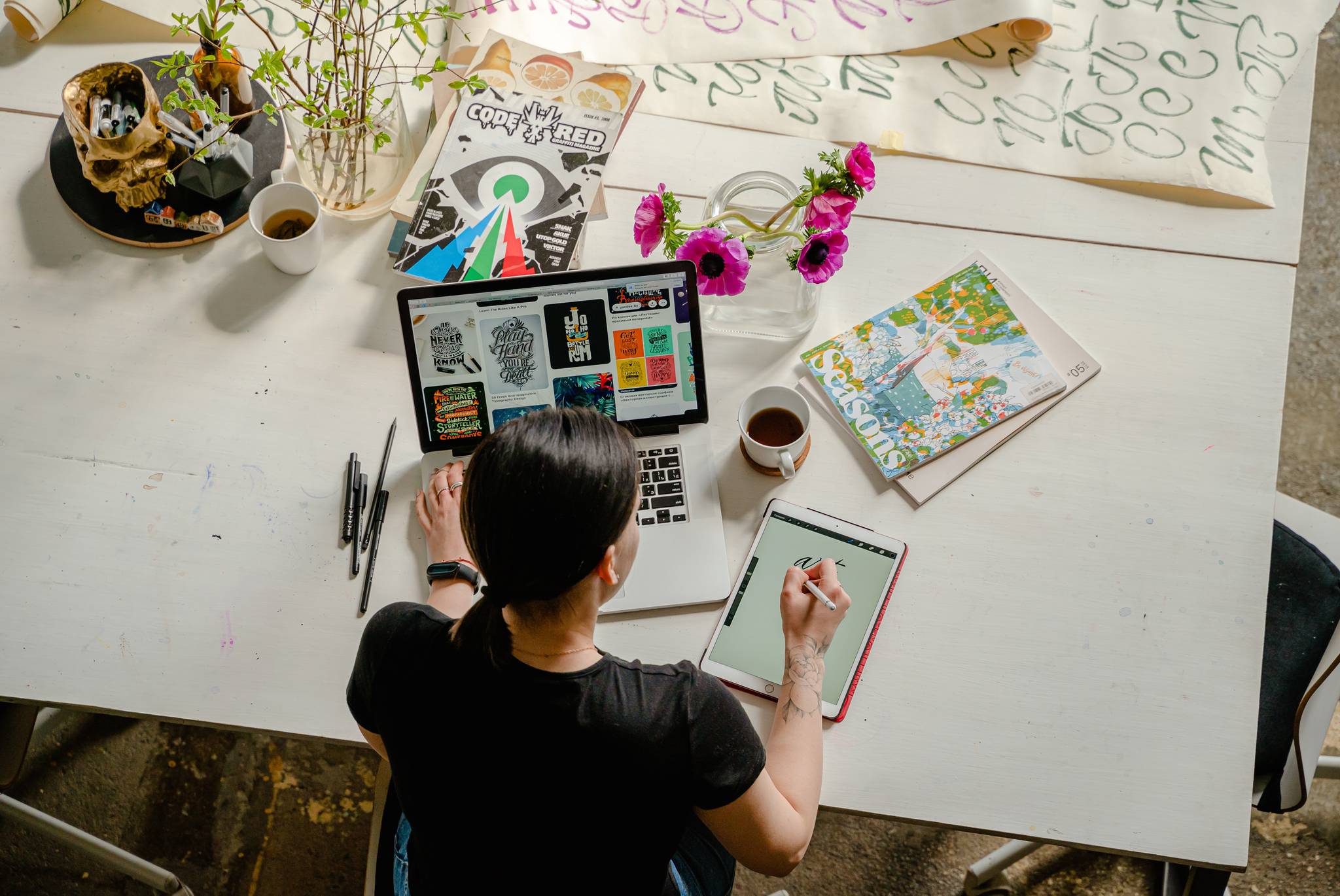
The development of digital technologies and people's increasing online behaviours is not only impacting traditional sectors like hospitality and transport, but it's spilling over into creative industries such as music and the arts as well. Does this have to be such a bad thing?
Fears of technology, robots, artificial intelligence and human-based skillsets being automated are setting those that work in the creative sector on edge, something that's disproportionately affecting people from working-class backgrounds and minority groups.
In the UK, 16% of people in creative jobs are from working-class backgrounds with an element of privilege dominating key roles in the creative sector - 59% of authors and writers are from privileged backgrounds, with 58% of journalists, newspaper and periodical editors and 54% of arts officers, producers and directors also coming from privileged backgrounds.
But in today's artistic landscape technology doesn't have to work against people that operate from a place of disadvantage, it can also empower them to reshape and rethink the way they communicate and engage with art. Yes, there is a danger of the knock-off and counterfeit art market growing as tech is embedded into the artistic sphere, but it can also prompt artists to innovate and explore new styles that exist outside of the traditional art market - such as cyborg art.
